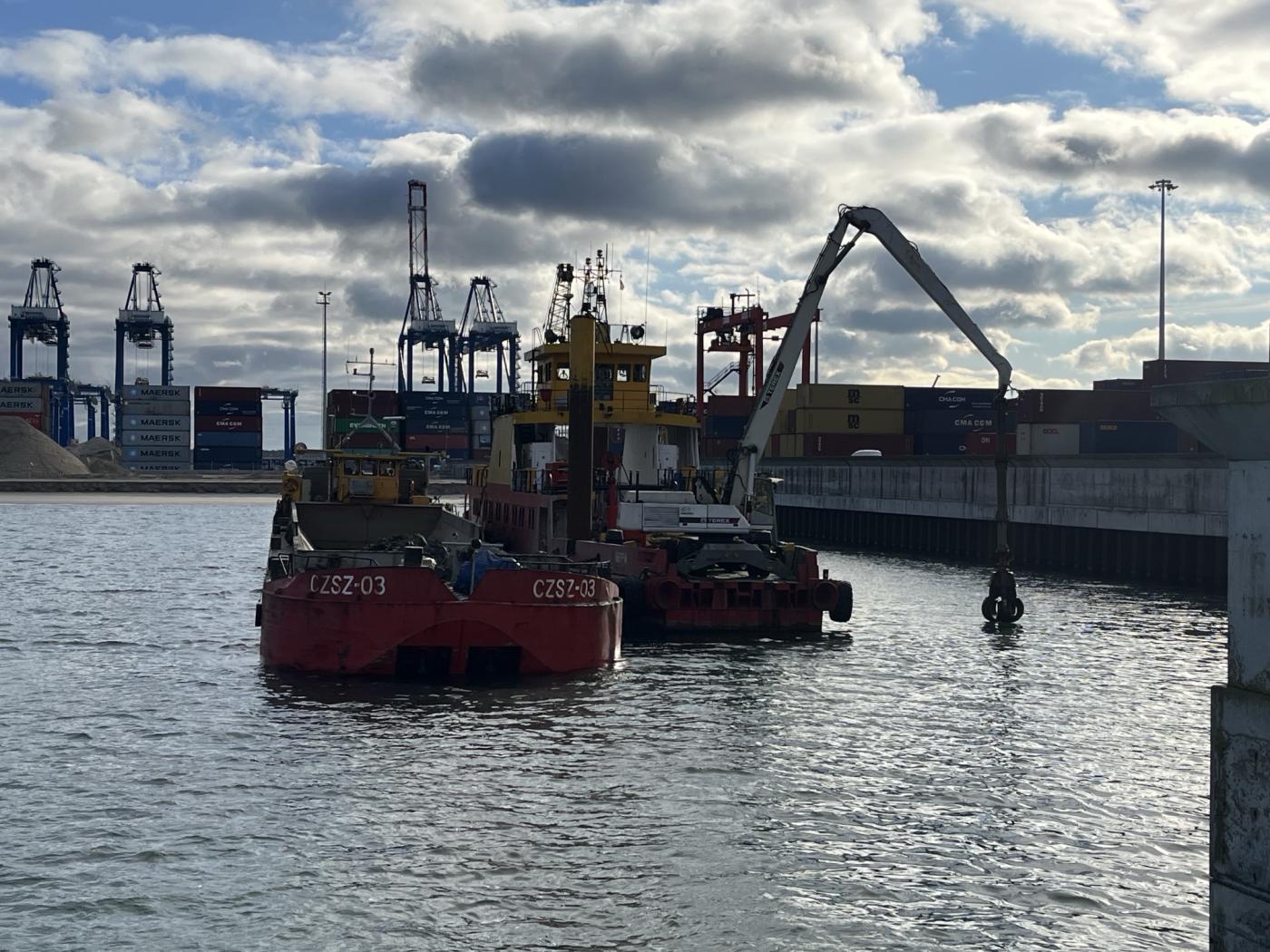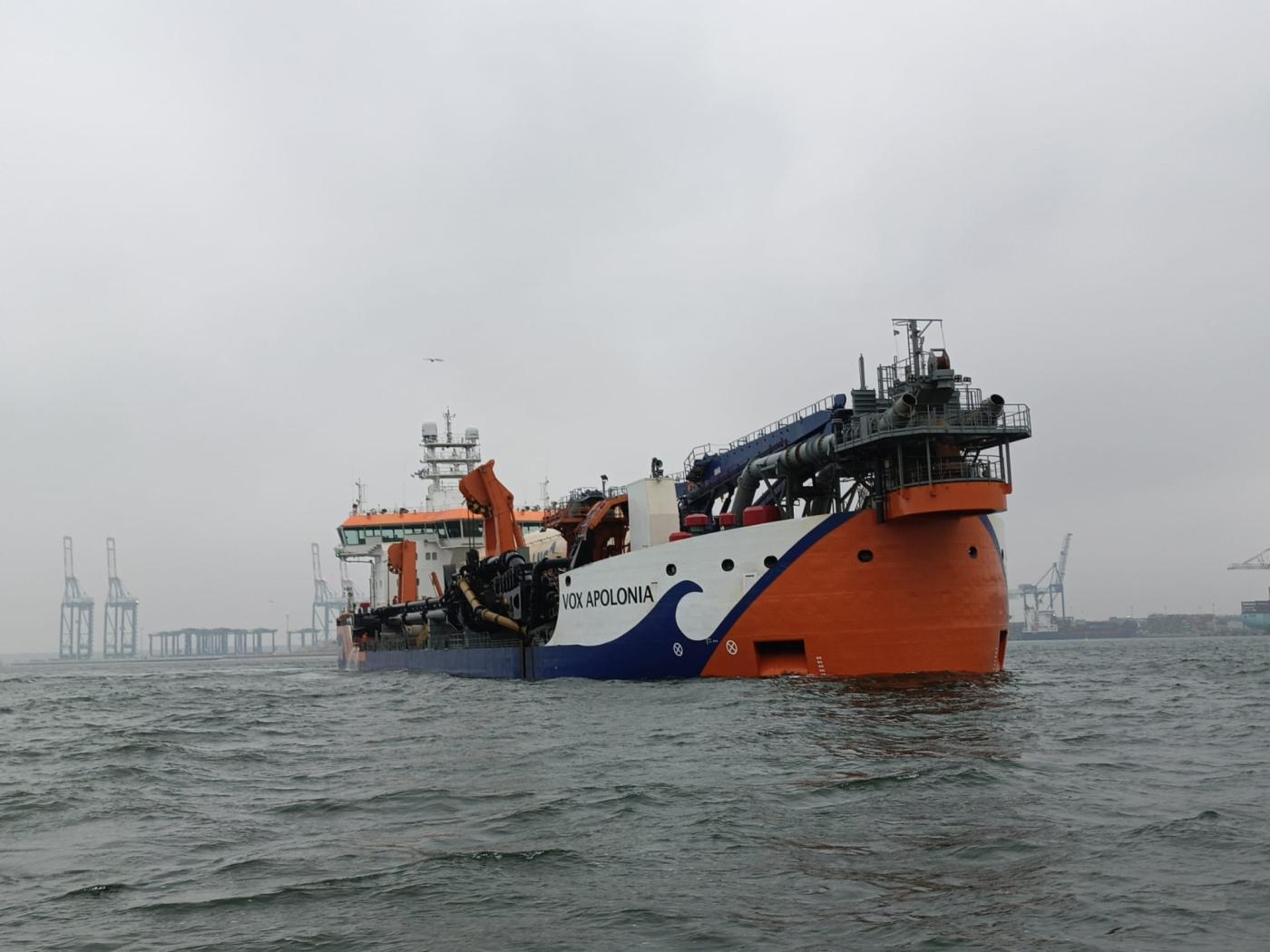PFR and Baltic Hub drive Poland's energy transition in the Baltic Sea
The Baltica 2 offshore wind farm in the Baltic Sea is a key element of Poland's energy transition. As the largest renewable energy project in the country, it significantly enhances Poland's energy security and expands its maritime potential. The investment will enable the production of green energy for approximately 2.4 million households. The Polish Development Fund (PFR) plays a fundamental role in the implementation of this groundbreaking project through its investment in Terminal 5 (T5) at the Baltic Hub port in Gdańsk.
business power engineering maritime economy news11 february 2025 | 20:20 | Source: PAP / Gazeta Morska | Prepared by: Kamil Kusier | Print

fot. Polska Fundacja Rozwoju
Investment in Poland’s energy security
The construction of the Baltica 2 offshore wind farm is expected to be completed by 2027. The project is being developed by Polska Grupa Energetyczna (PGE) and the Danish company Ørsted, with the Polish Development Fund (PFR) driving the necessary infrastructure through its investment in Terminal 5 (T5). The project has been made possible thanks to funding from the National Recovery Plan (KPO).
The T5 investment, in which the PFR FI FIZAN Fund is involved, includes converting 21 hectares of the Baltic Sea into land to construct a deep-water terminal with an 800-meter-long quay and a depth of 17.5 meters. The first terminal of its kind in this part of the Baltic, it will accommodate installation and supply vessels and be used for the storage, pre-installation, and assembly of wind turbines before their offshore installation. The terminal is being developed with the support of Baltic Hub, leveraging the expertise and know-how of its engineers.
Terminal 5 - a major milestone achieved
The construction of Terminal 5 is a large-scale investment. In January 2025, a significant milestone was reached with the completion of dredging works. Nearly 1 million cubic meters of material were removed to prepare the site for the artificial island. To date, almost 50 steel piles have been driven into the seabed to form the foundation of the future quay structure. The project is expected to be completed in the third quarter of 2026.
PFR Group driving the energy transition
Through financial and advisory support for renewable energy and green technology projects, PFR contributes to building a modern and sustainable economy while helping Polish businesses adapt to new environmental challenges.
- The energy transition is not just about changing energy sources but also an opportunity to develop the national value chain and strengthen the Polish economy. Key investments, such as the construction of Terminal 5, contribute to this potential, says Mikołaj Raczyński, vice president of the Polish Development Fund.
Another example of PFR’s commitment to clean energy investments is its involvement in green bonds by acquiring R.Power’s green bonds. The funds will be used to develop photovoltaic farms in Poland, increasing the share of solar energy in the country’s energy mix and supporting economic decarbonization.
Support instruments available for businesses and local governments in their energy transition journey include guarantees, funding, and advisory assistance.
We are on Google News! Join us and follow Gazeta Morska. Get daily updates straight from the sea. Follow us at gazetamorska.pl!
Kamil Kusier
redaktor naczelny
gallery



comments
Add the first comment
see also
Royal Thai Air Force selects Saab Gripen E/F as future multi-role fighter
Port of Aarhus launches construction of 430-metre quay to enable new container terminal
Klaipėda Port launches green hydrogen infrastructure. A first for the Baltic region
PEJ and Pomeranian Agency to boost local business in nuclear project
Enhancing operational readiness: Saab delivers cutting-edge live training system to Polish Armed Forces
Abidjan welcomes 400-meter megamax vessel: a new chapter for West Africa’s maritime logistics
New cargo handling capacity in the Port of Szczecin: modernisation of Slovak Quay completed
Saab and Maxar forge strategic partnership to enhance multi-domain maritime and defense capabilities
The anchor: a small giant of shipbuilding
Ustka offshore hub takes shape - construction of PGE Baltica O&M base officially begins
ADVERTISEMENT
ADVERTISEMENT